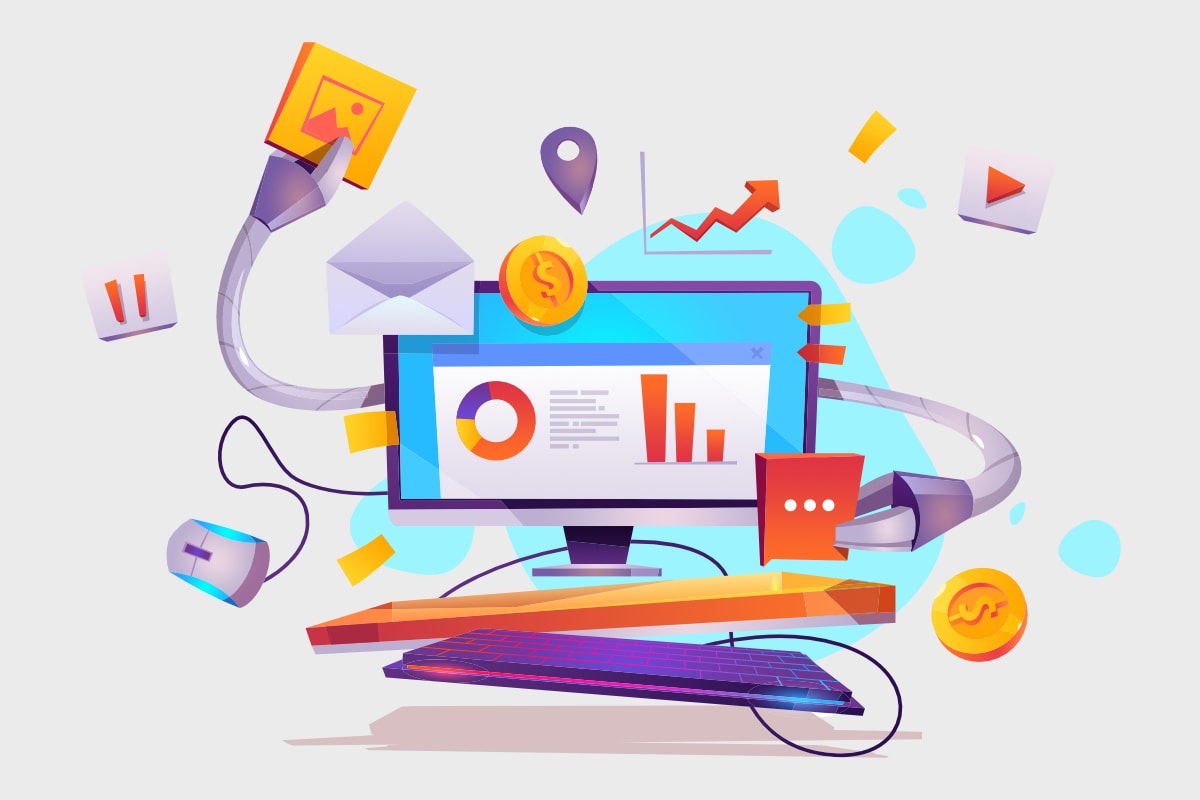How Marketing Automation Is Used
Harnessing the power and influence of advocacy in today’s digitally-driven marketplace is essential for business success. Advocacy automation is the result of a fusion between technology and strategic communication. It allows organizations to amplify their brand message by using the voices of the most passionate supporters. Automating processes for engaging and mobilizing advocates allows companies to expand their reach and credibility while driving growth. Keep reading to learn how you can leverage this innovative approach.
Knowing Advocacy automation and its relevance to business growth
Advocacy Automation is the use of software tools by businesses to streamline and improve their advocacy campaigns. This technology allows for the creation, management and measurement of campaigns that aim to influence public opinion or promote policy change. Automation simplifies time-consuming tasks, such as segmenting audiences, personalizing messaging, and scheduling communications, leading to more successful advocacy efforts.
It is impossible to overstate the importance of advocacy automation for driving business growth. Genuine word-of mouth recommendations are important in an age where consumers receive an overload of marketing. Automated advocacy programs empower customers and stakeholders to be brand ambassadors. They can spread positive sentiment, which in turn boosts sales and builds brand equity.
Advocacy automation should be implemented strategically and thoughtfully. Both this alignment with corporate objectives and an ongoing assessment of their success are crucial. To do this, you must be well-versed in advocacy automation and know how to use it to its fullest potential. We shall go into further detail about this subject.
Finding the best advocacy automation tools for your organization
The right advocacy automation tool is a complex process that must be aligned with the specific goals and needs of your organization. Platforms offer different features such as email campaigns, social media amplification and analytics tracking. It is important to clearly define your advocacy goals, since this will determine the tool that you need.
It is important to consider the integration and ease of use of these tools. If a powerful platform has a steep learning slope, it may be less effective for your team if the platform is inefficient or does not integrate with current technology stacks. A user-friendly platform that integrates seamlessly with existing systems can boost productivity and reduce ramp-up times for advocacy campaigns.
Scalability is another important factor. As your company expands, your tool ought to be able to handle more data and complexity. Features like thorough reporting, A/B testing, and smart segmentation are crucial for improving and refining advocacy efforts over time.
The Best Practices to Integrate Automation into Your Marketing Strategy
Incorporating advocacy automation in your marketing strategy is a process that requires a deliberate, human-centered approach. To maintain consistency, ensure that your marketing messages are consistent with your brand narrative. The best advocacy campaigns are authentic and aligned with the company’s voice.
Segmenting your audience is essential when integrating automation. Detail segmentation allows more personalized outreach that is more likely engage supporters and prompt action. For maximum impact, use data insights and automation to tailor your messages based on the behaviors and interests of different supporters groups.
Another important practice is to train your team about the nuances and complexities of automation. They should be able to use the tools, and understand the rationale for different campaigns. Encourage them to be creative in thinking about how advocacy could help you achieve your goals. This can range from increasing awareness to influencing policy or driving adoption.
The potential for advocacy automation to impact business growth is enormous, but the success of this strategy depends on its implementation and optimization. Businesses can achieve significant results by selecting the right tools and integrating them into their marketing strategy. They should also measure performance and stay alert to future trends.
